作品展示

背景需求:
之前的代码吗存在几个问题,最大的问题是不能生成“”长条黑边框””
【教学类-55-01】20240511图层顺序挑战(四格长条纸)(4*4)和“手工纸自制参考图”-CSDN博客文章浏览阅读485次,点赞27次,收藏8次。【教学类-55-01】20240511图层顺序挑战(四格长条纸)(4*4)和“手工纸自制参考图”https://blog.csdn.net/reasonsummer/article/details/138745119
一、4宫格7条颜色的不重复排列数量
14:45-14:57,13分钟生成了40320张图片不重复的排列方法
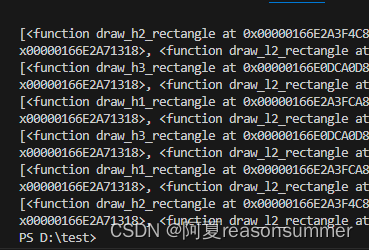
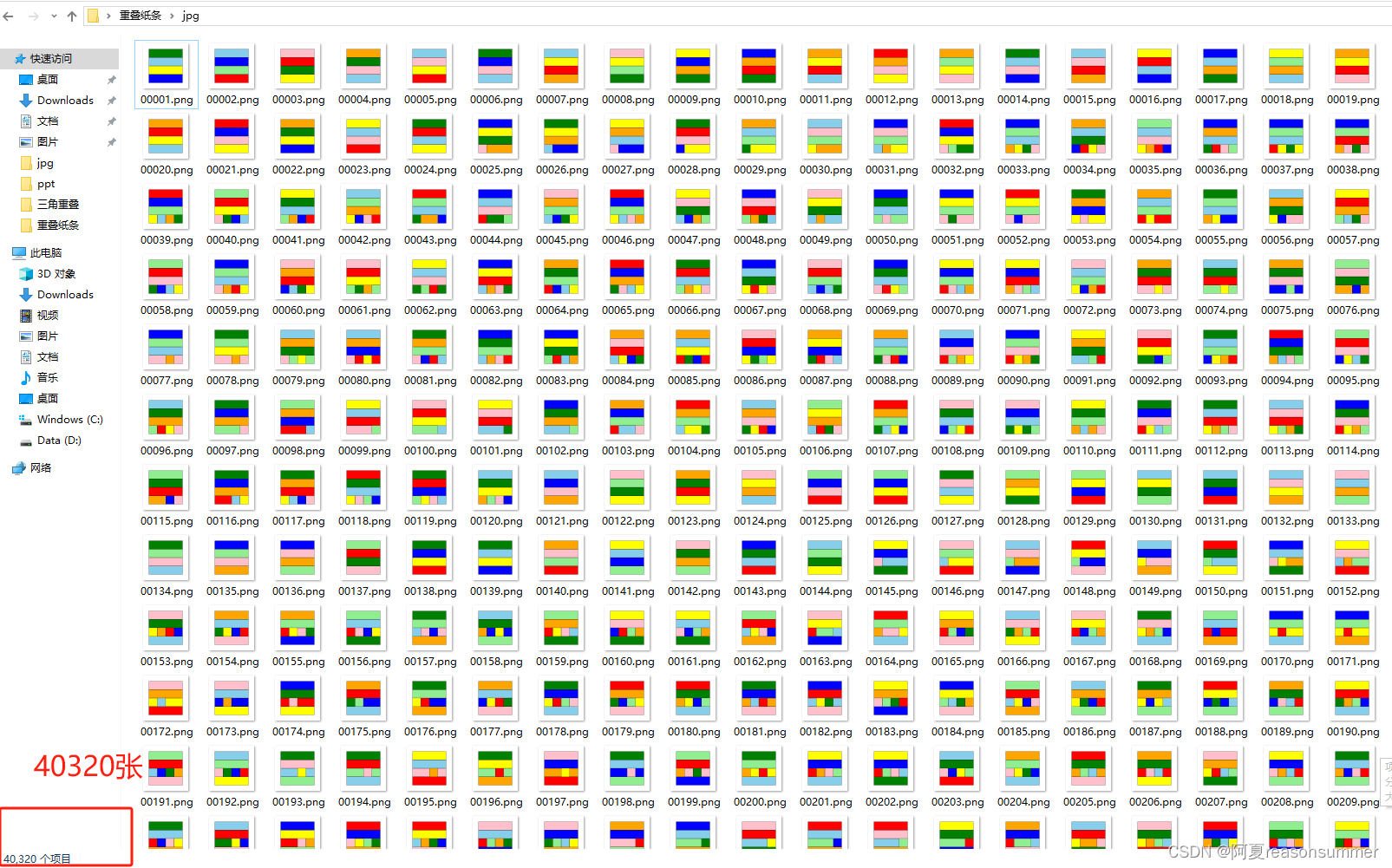
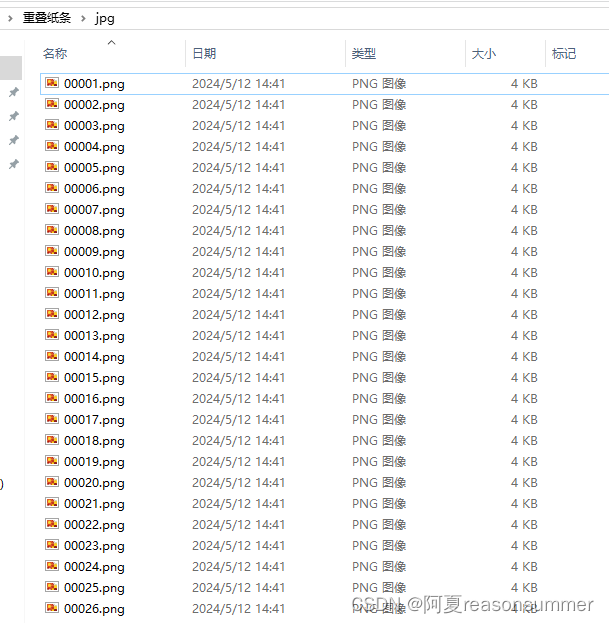
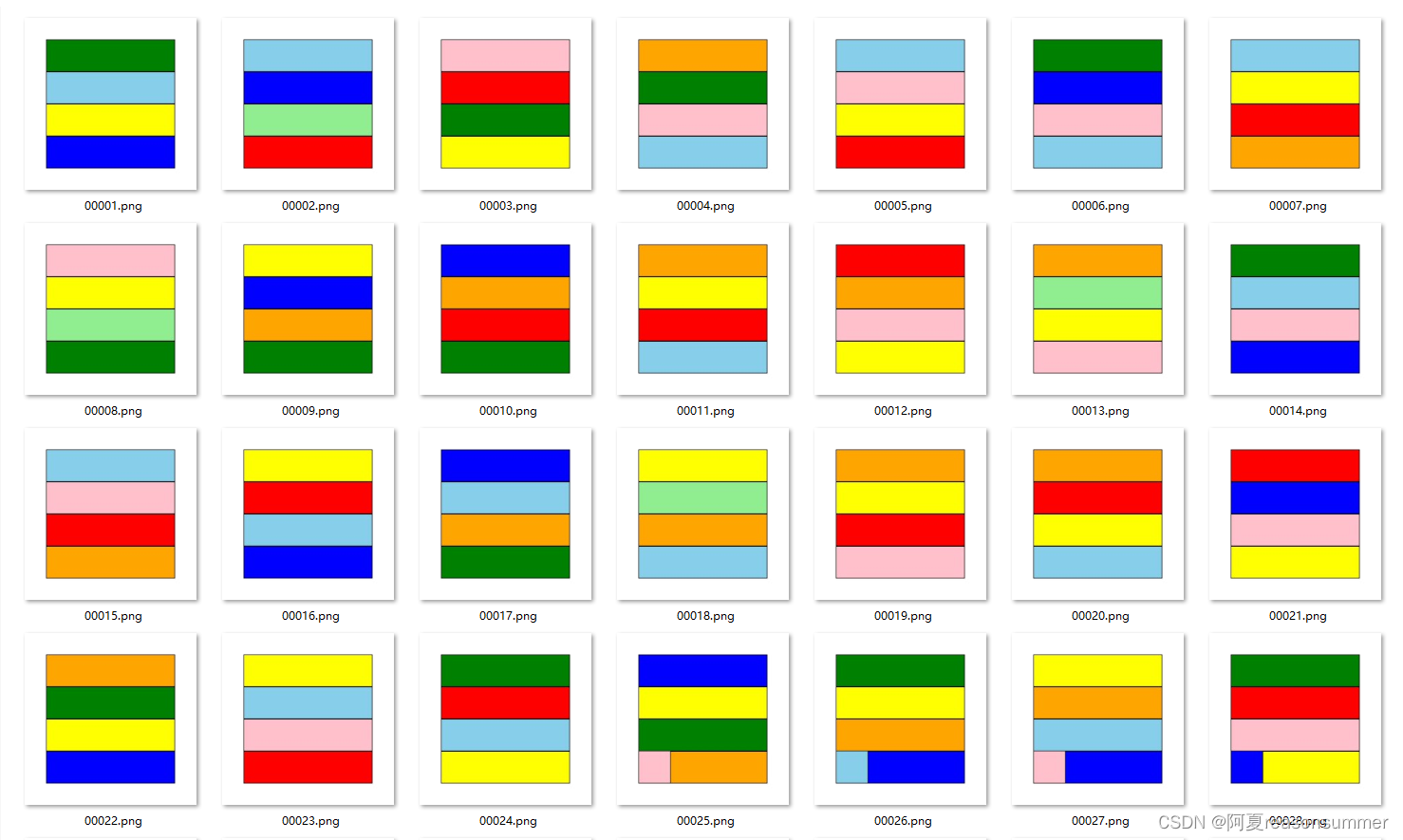
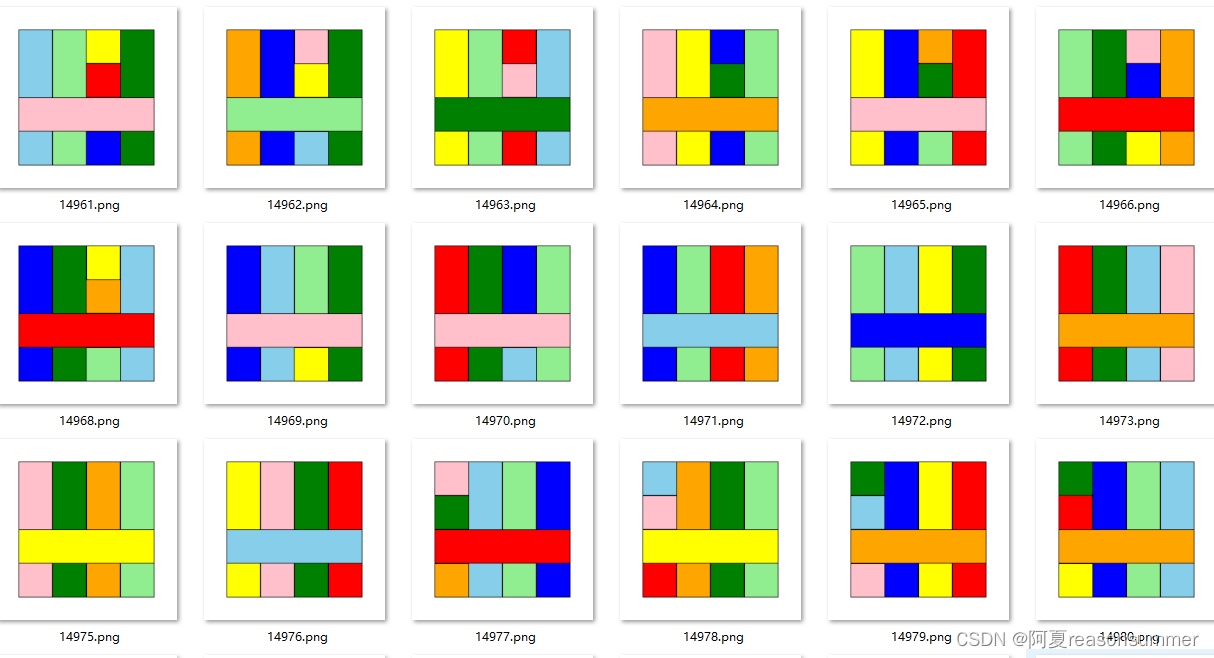
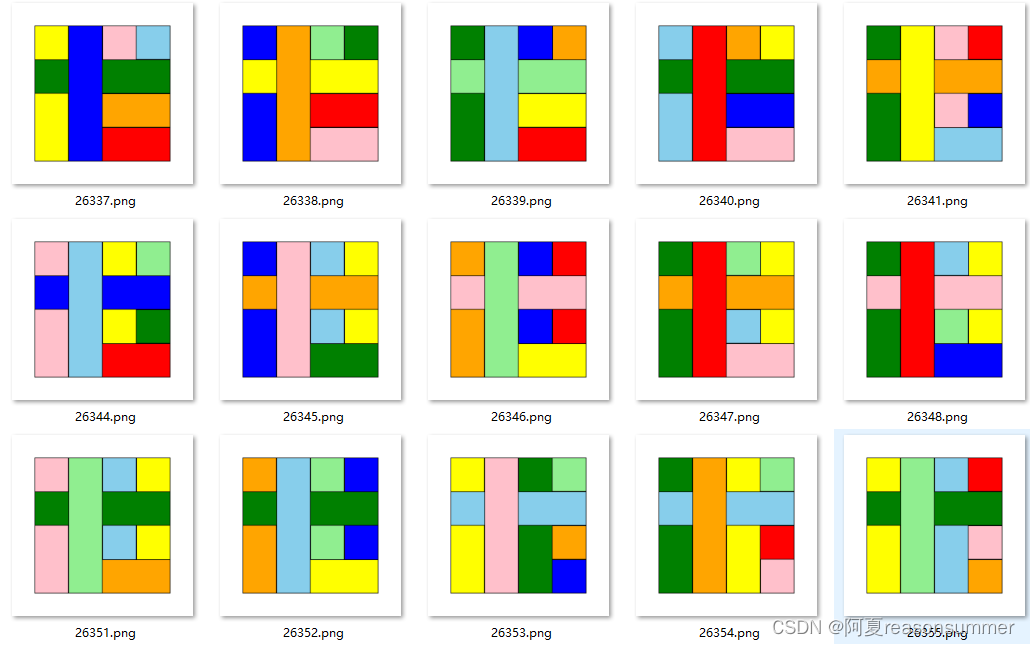
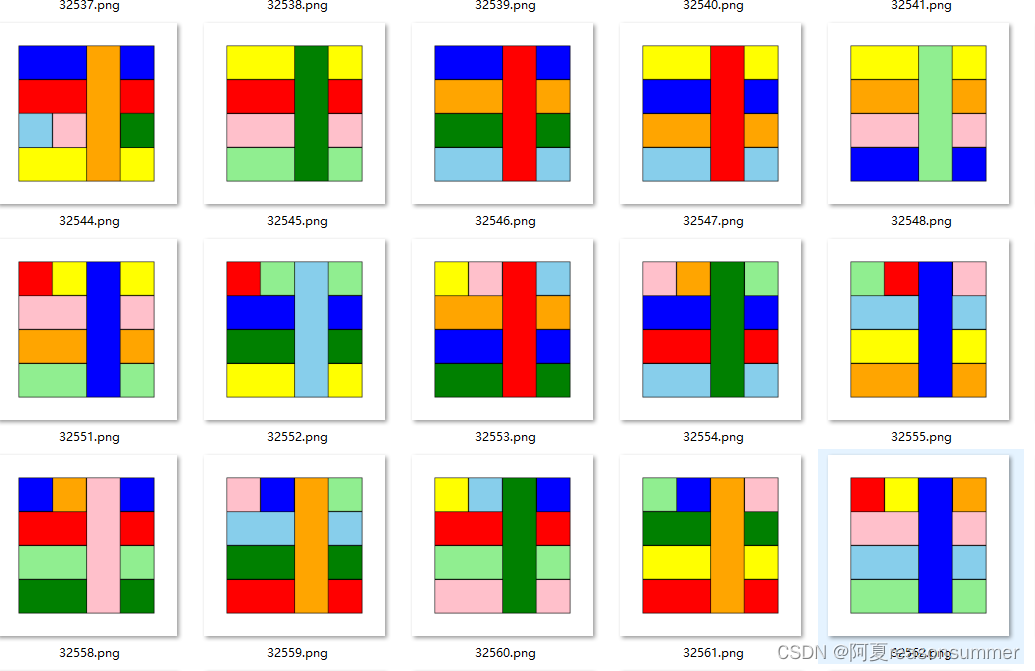
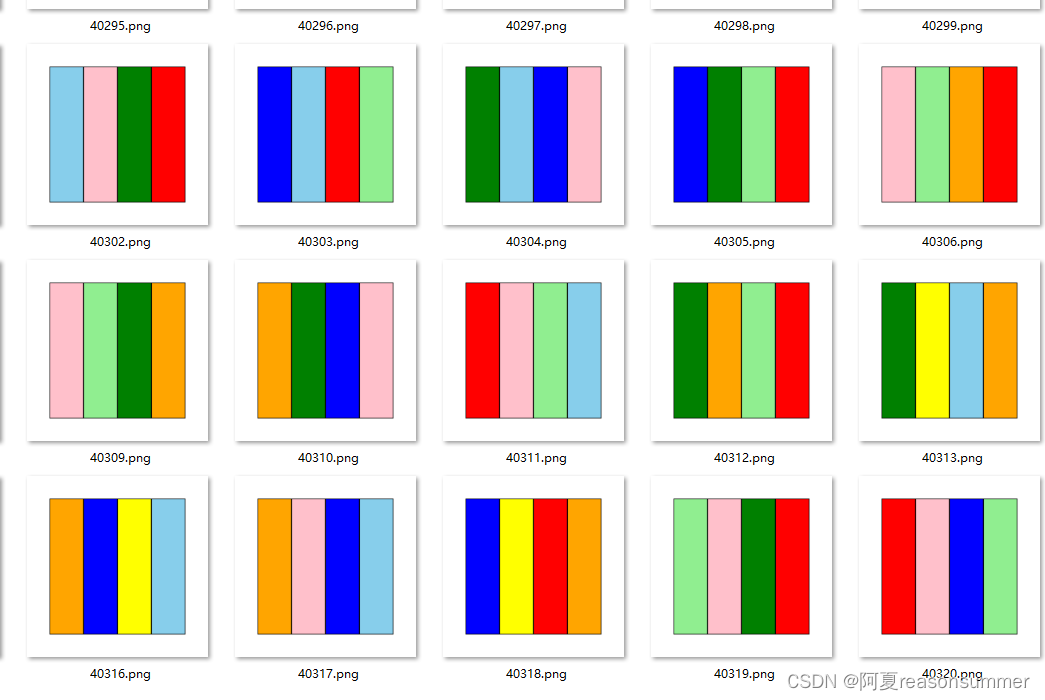
每张图3-4KB,
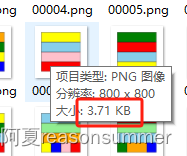
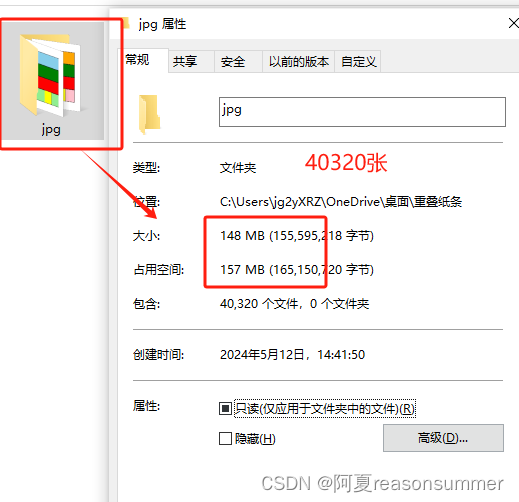
代码展示:
'''
图层重叠挑战(长矩形带黑框) (抽取7) 一共有40320个不重复
作者:AI对话大师,阿夏
时间:2024年5月12日
'''
from PIL import Image, ImageDraw
import os,random
import itertoolsprint('--------1、制作图片-----------')
path = r'C:\Users\jg2yXRZ\OneDrive\桌面\重叠纸条'folder_path = path + r'\jpg'
os.makedirs(folder_path, exist_ok=True)colors = ['red', 'orange','Yellow', 'green', 'lightgreen', 'skyblue','blue','Pink',]from PIL import Image, ImageDraw
import osfolder_path=r'C:\Users\jg2yXRZ\OneDrive\桌面\重叠纸条\jpg'
# 创建画布
canvas_width = 800
canvas_height = 800
canvas_color = (255, 255, 255) # 白色背景
line_color = (0, 0, 0) # 黑色线条
line_width = 3
margin = 100 # 边距canvas = Image.new('RGB', (canvas_width, canvas_height), canvas_color)
draw = ImageDraw.Draw(canvas)# 计算单元格大小和绘制区域
num_rows = 4
num_cols = 4
cell_size = min((canvas_width - 2 * margin) // num_cols, (canvas_height - 2 * margin) // num_rows)
start_x = (canvas_width - cell_size * num_cols) // 2
start_y = (canvas_height - cell_size * num_rows) // 2# 绘制第一行四个单元格的长度为红色的矩形,边框为10像素的黑色# 绘制所有单元格的矩形
# 绘制所有单元格的矩形
# for row in range(num_rows):
# for col in range(num_cols):
# x1 = start_x + col * cell_size
# y1 = start_y + row * cell_size
# x2 = x1 + cell_size
# y2 = y1 + cell_size
# draw.rectangle([(x1, y1), (x2, y2)], fill='white', outline=line_color, width=line_width)# 4行4列8条四格纸
# 第1行
def draw_h1_rectangle(start_x, start_y, cell_size, line_color, line_width):x1 = start_xy1 = start_yx2 = start_x + 4 * cell_sizey2 = start_y + 1 * cell_sizedraw.rectangle([(x1, y1), (x2, y2)], fill=colors[0], outline=line_color, width=line_width)# 第2行
def draw_h2_rectangle(start_x, start_y, cell_size, line_color, line_width):x1 = start_xy1 = start_y + 1 * cell_sizex2 = start_x + 4 * cell_sizey2 = start_y + 2 * cell_sizedraw.rectangle([(x1, y1), (x2, y2)], fill=colors[1], outline=line_color, width=line_width)# 第3行
def draw_h3_rectangle(start_x, start_y, cell_size, line_color, line_width):x1 = start_xy1 = start_y + 2 * cell_sizex2 = start_x + 4 * cell_sizey2 = start_y + 3 * cell_sizedraw.rectangle([(x1, y1), (x2, y2)], fill=colors[2], outline=line_color, width=line_width)# 第4行
def draw_h4_rectangle(start_x, start_y, cell_size, line_color, line_width):x1 = start_xy1 = start_y + 3 * cell_sizex2 = start_x + 4 * cell_sizey2 = start_y + 4 * cell_sizedraw.rectangle([(x1, y1), (x2, y2)], fill=colors[3], outline=line_color, width=line_width)# 第1列
def draw_l1_rectangle(start_x, start_y, cell_size, line_color, line_width):x1 = start_xy1 = start_yx2 = start_x + 1 * cell_sizey2 = start_y + 4 * cell_sizedraw.rectangle([(x1, y1), (x2, y2)], fill=colors[4], outline=line_color, width=line_width)# 第2列
def draw_l2_rectangle(start_x, start_y, cell_size, line_color, line_width):x1 = start_x + 1 * cell_sizey1 = start_yx2 = start_x + 2 * cell_sizey2 = start_y + 4 * cell_sizedraw.rectangle([(x1, y1), (x2, y2)], fill=colors[5], outline=line_color, width=line_width)# 第3列
def draw_l3_rectangle(start_x, start_y, cell_size, line_color, line_width):x1 = start_x + 2 * cell_sizey1 = start_yx2 = start_x + 3 * cell_sizey2 = start_y + 4 * cell_sizedraw.rectangle([(x1, y1), (x2, y2)], fill=colors[6], outline=line_color, width=line_width)# 第4列
def draw_l4_rectangle(start_x, start_y, cell_size, line_color, line_width):x1 = start_x + 3 * cell_sizey1 = start_yx2 = start_x + 4 * cell_sizey2 = start_y + 4 * cell_sizedraw.rectangle([(x1, y1), (x2, y2)], fill=colors[7], outline=line_color, width=line_width)# # 将函数名称提取出来并放入列表
# function_names = ['draw_h1_rectangle','draw_h2_rectangle','draw_h3_rectangle','draw_h4_rectangle','draw_l1_rectangle','draw_l2_rectangle','draw_l3_rectangle','draw_l4_rectangle']
# # 生成所有可能的排列,是元祖()
# permutations = list(itertools.permutations(function_names))# # 打印排列数量
# print(f"总共有 {len(permutations)} 种不同的排列。")
# # 40320 8的阶乘import itertoolsfunction_names = ['draw_h1_rectangle','draw_h2_rectangle','draw_h3_rectangle','draw_h4_rectangle','draw_l1_rectangle','draw_l2_rectangle','draw_l3_rectangle','draw_l4_rectangle']# # 调用函数列表中的函数
# for draw_function in function_names:
# draw_function(start_x, start_y, cell_size, line_color, line_width)# # # 保存图片
# # image_path = os.path.join(folder_path, f'测试.jpg')
# # canvas.save(image_path)# # print(f'图片已保存至:{image_path}')import itertools#
# 生成从 8 个元素中选取 7 个元素的所有可能排列,8个互相配对40320,7个互相配对也是40320
permutations = list(itertools.permutations(function_names, 7))
# print(permutations[0:10])# 打印排列数量
print(f"总共有 {len(permutations)} 种不同的排列。")
# 总共有 40320 种不同的排列。n=1
# 打印所有排列
for permutation in permutations: # 因为有40万个,所以先测试前20个# print(permutation)# 将元组转换为函数对象列表functions = [eval(function_name) for function_name in permutation[::-1]]# # 打印函数对象列表,一长串文字print(functions)# [<function draw_triangle_2 at 0x000001A4B402F3A8>, <function draw_triangle_1 at 0x000001A4B402FB88>, <function draw_triangle_6 at 0x000001A4B4061288>, <function draw_triangle_3 at 0x000001A4B23C5AF8>, <function draw_triangle_4 at 0x000001A4B4061168>, <function draw_triangle_5 at 0x000001A4B40611F8>]# 运行一个7元素,就打乱一次颜色,确保color【0】抽取的颜色每次都不同# random.shuffle(colors)# 调用函数绘制等边三角形# 调用函数绘制矩形for func in functions:# 为每个函数添加缺失的参数func(start_x, start_y, cell_size, line_color, line_width)# 保存绘制好的图像canvas.save(folder_path + fr'\{n:05d}.png')n+=1第二个问题是:去除重复的排列方式
以下是三天三夜漫长的测试(
筛选)
二、检测图片并删除的时间比生成40320张图片更长
15:00-16:40 足足等了100分钟 ,久到我以为程序中断了!
图片颜色检测:7色+黑白,删除后还有23040个不重复重叠方式
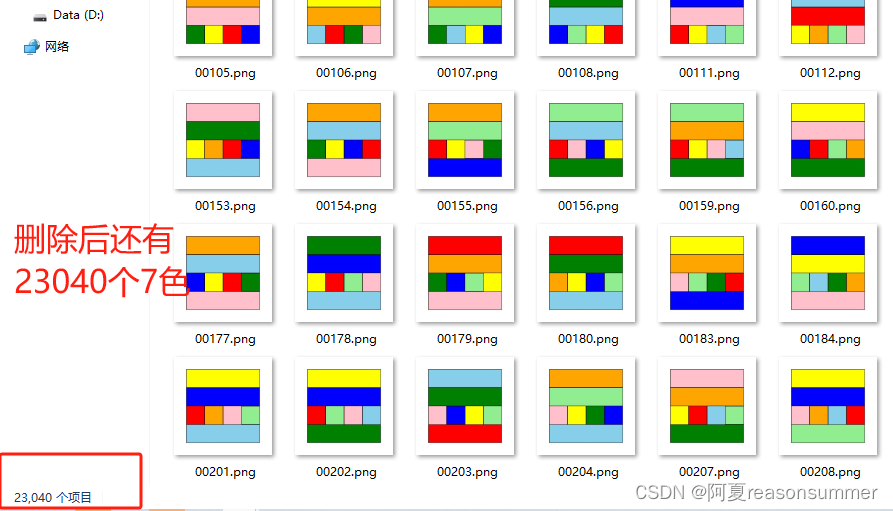
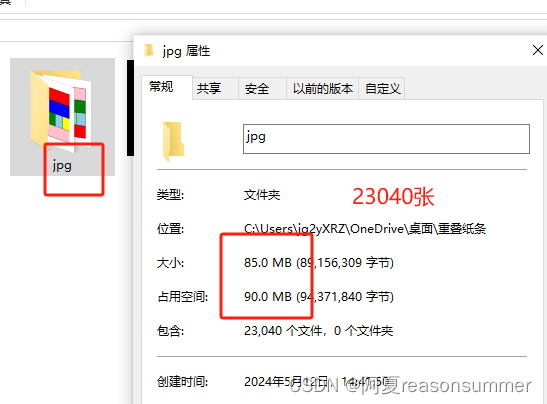
三、发现48张一组的图片样式相等
我发现前48张图片的样式是一样,前三行3色+第四行四个颜色,

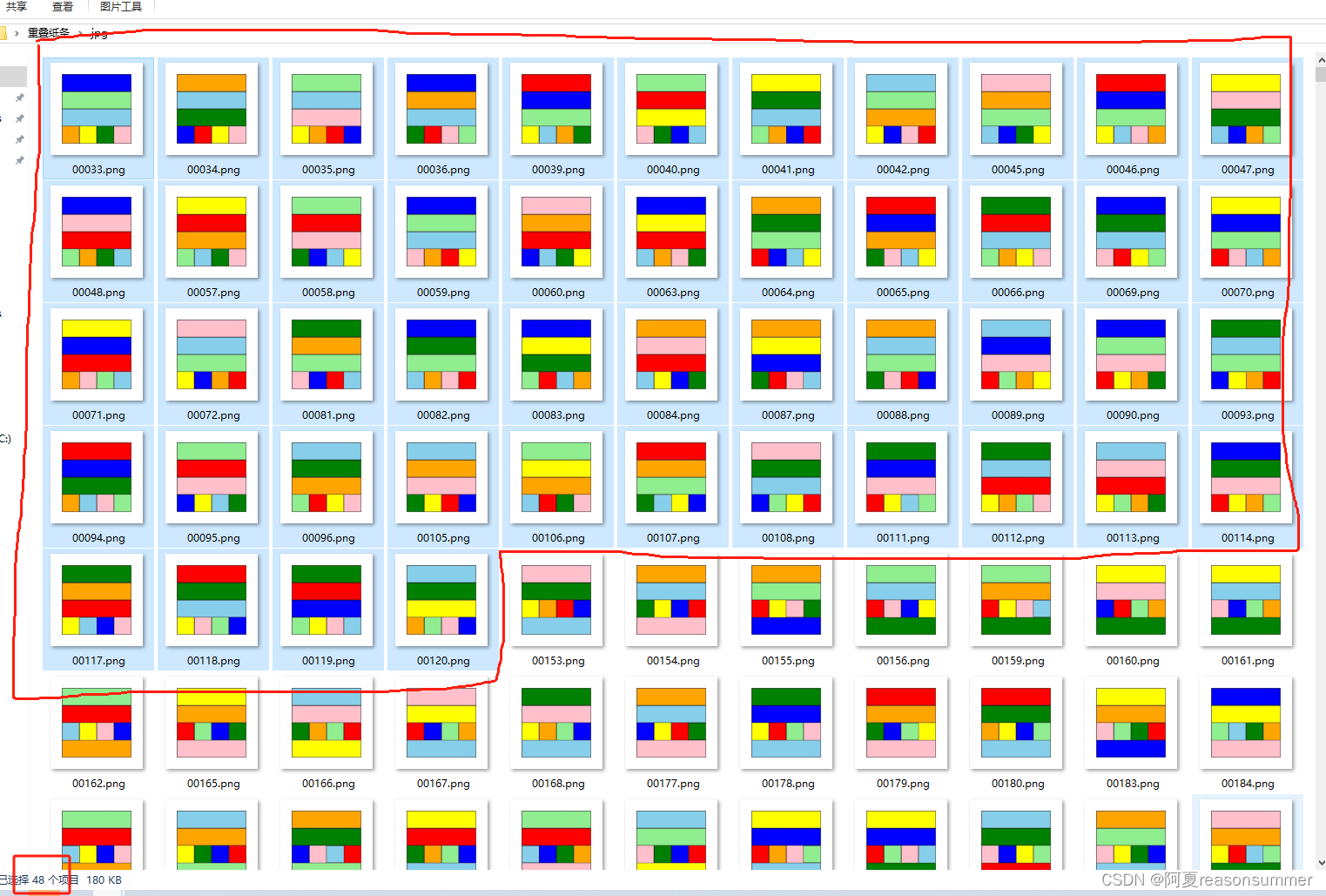
第49张-97张(48张)都是一个样式:第1、2、4行分别一种颜色、第3行四种颜色。
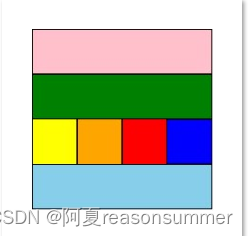
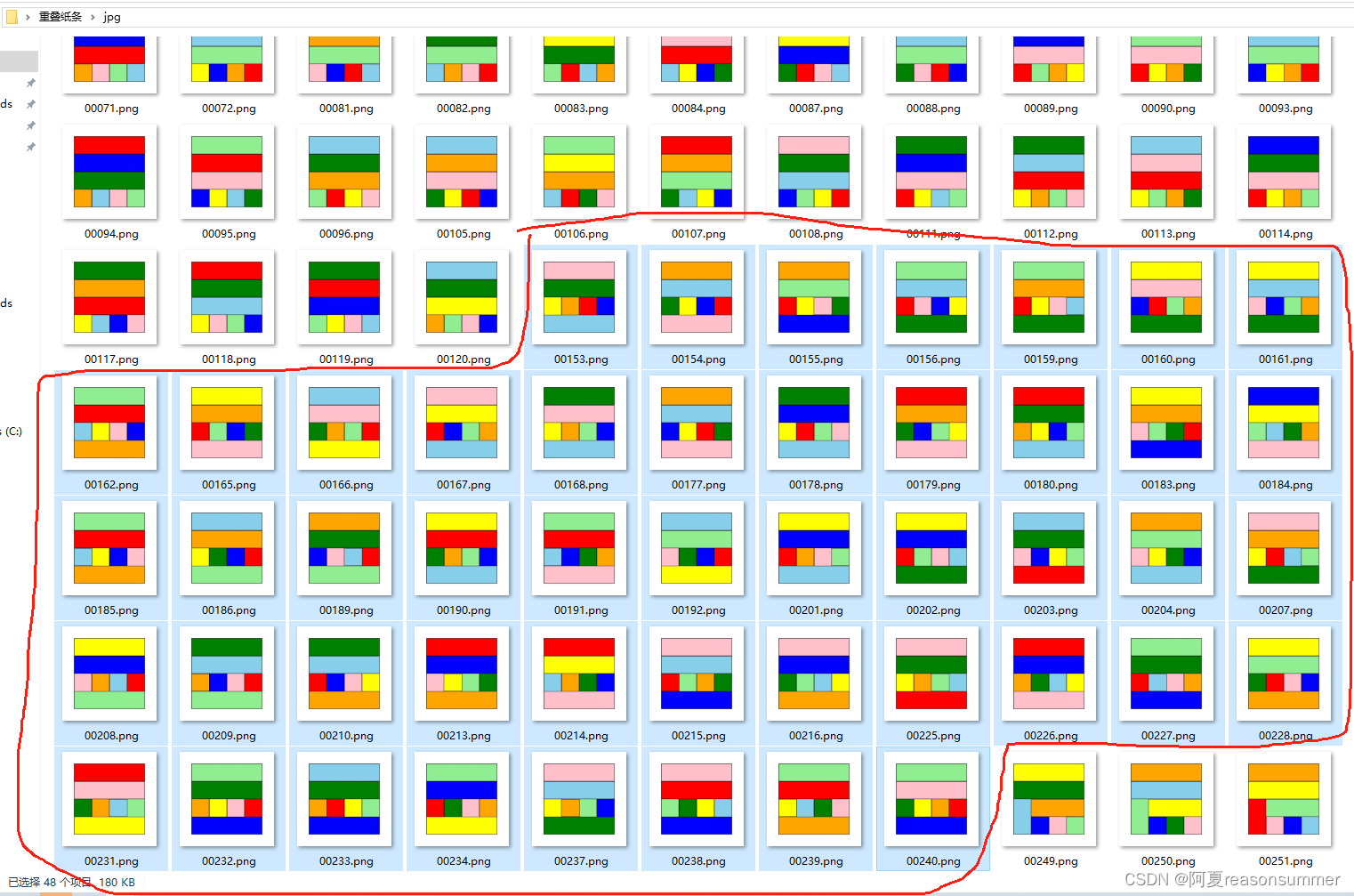
最后48张样式,第一列4个颜色,第2、3、4一种颜色
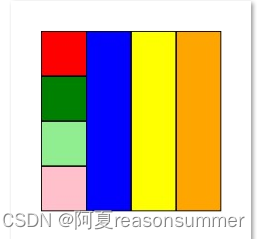
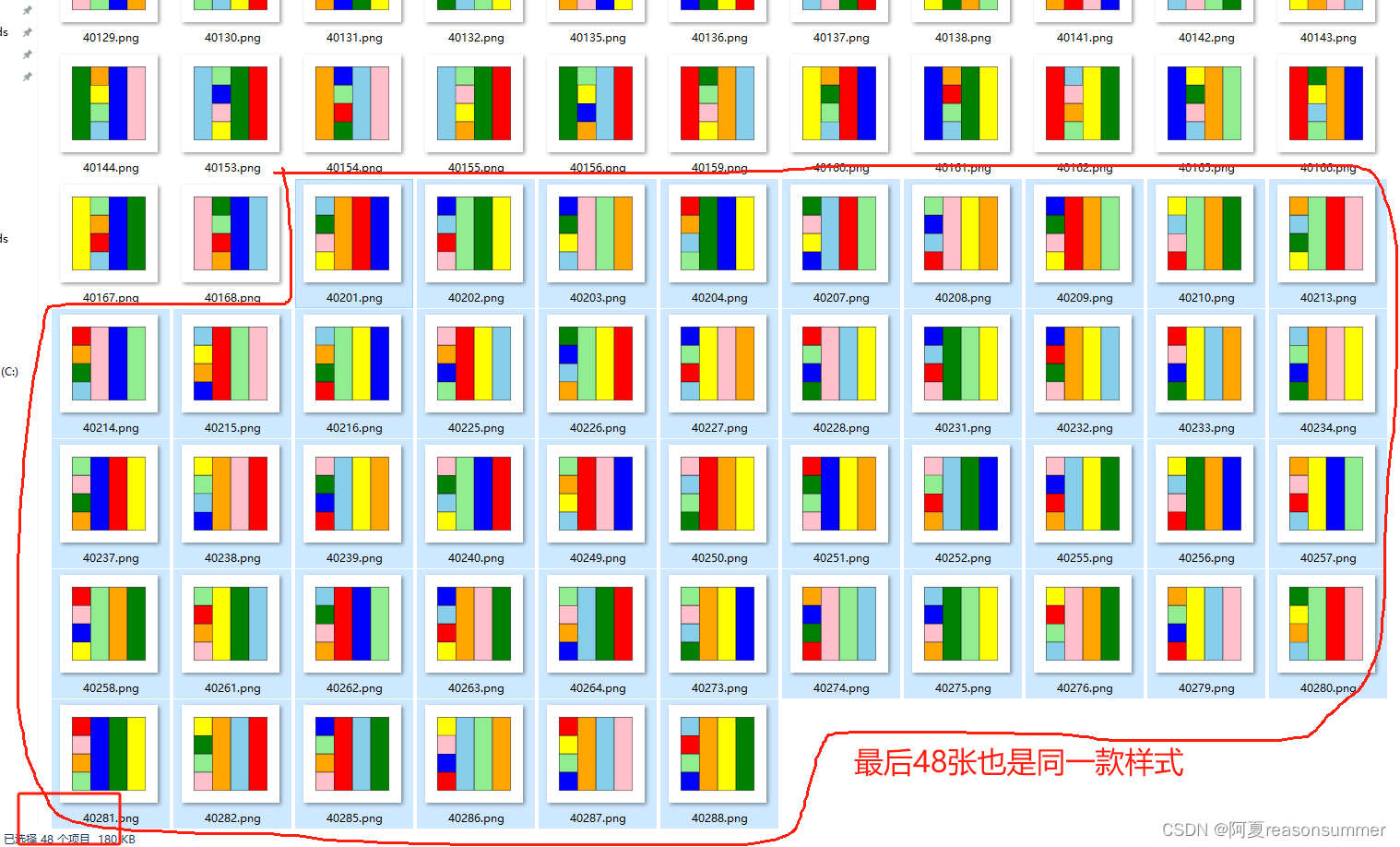
计算器算了一下,发现可以整除,不同的样式有480种
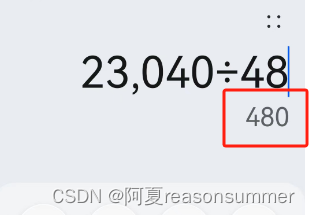
也就是可以23040张做成48个一组,保留一张,其他删除。

import osfolder_path =r'C:\Users\jg2yXRZ\OneDrive\桌面\重叠纸条\jpg'# 替换为实际的文件夹路径# 获取文件夹中的所有文件名
file_names = os.listdir(folder_path)# 将文件名与文件夹路径拼接
file_paths = [os.path.join(folder_path, file_name) for file_name in file_names]# 将文件名与文件夹路径按照每组24个进行分组
grouped_file_paths = [file_paths[i:i+48] for i in range(0, len(file_paths), 48)]
print(len(grouped_file_paths))
# 480组# 遍历每一组文件路径列表
for group in grouped_file_paths:# 保留每组中的第一个文件,删除后面的23个文件for file_path in group[1:]:os.remove(file_path)print("删除操作已完成。")
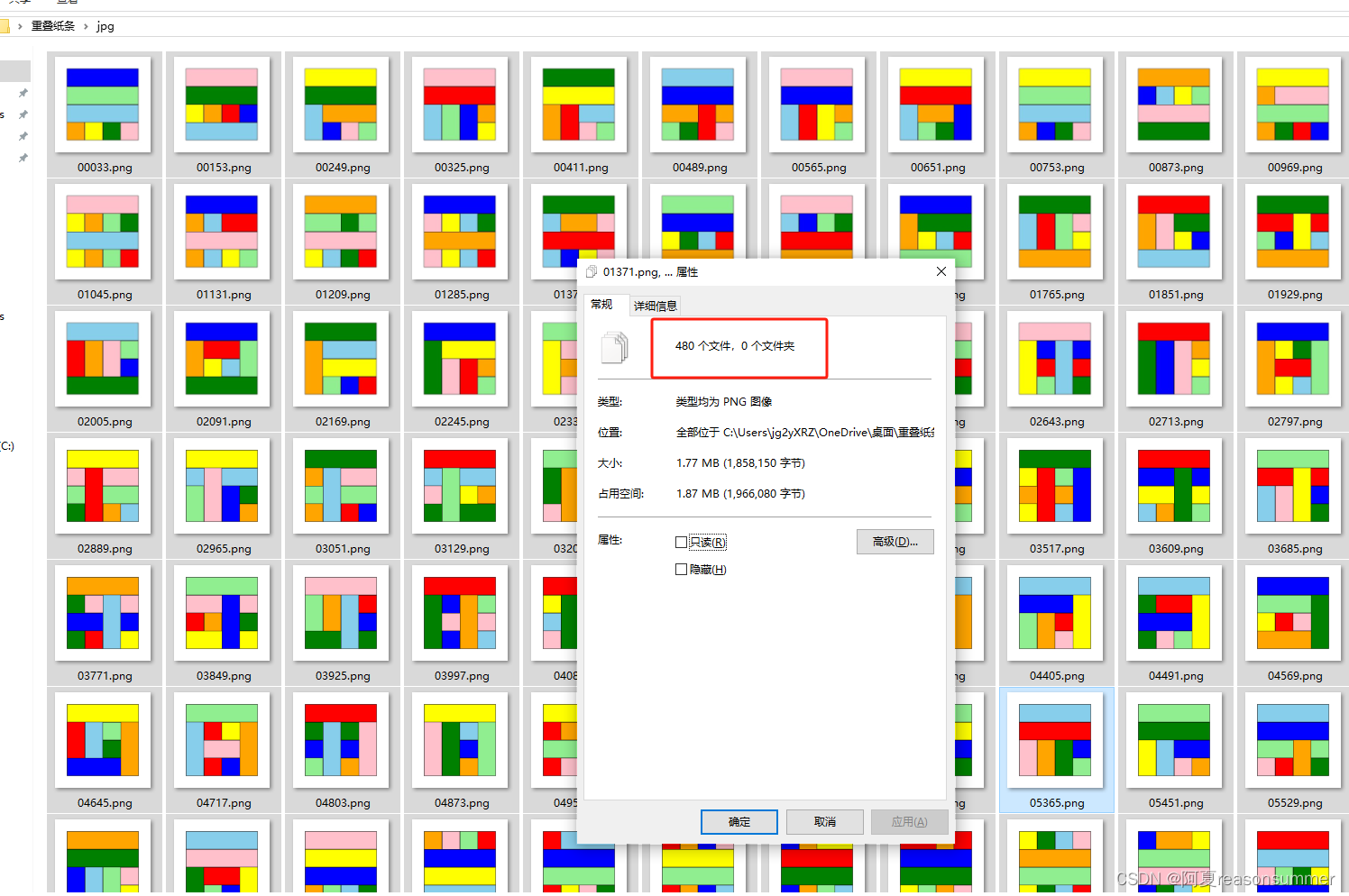

以上方法看上去合理,但是筛选出来的480张图片还是有一样的重复(布局结构重复,但是色卡不一样)
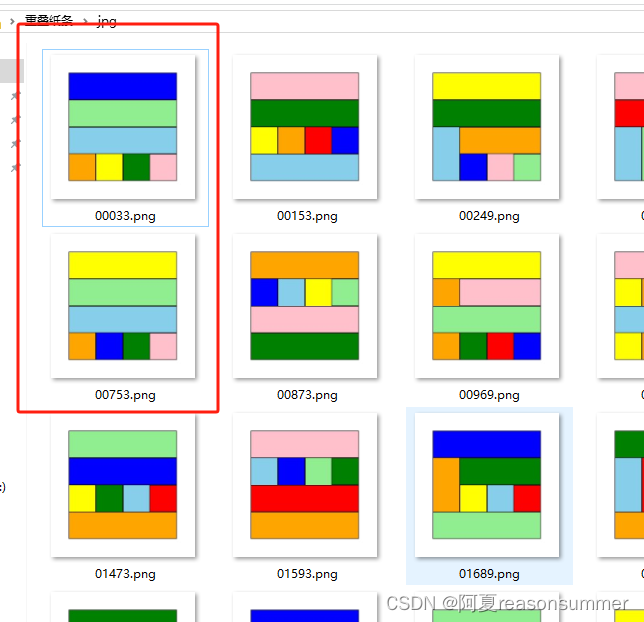
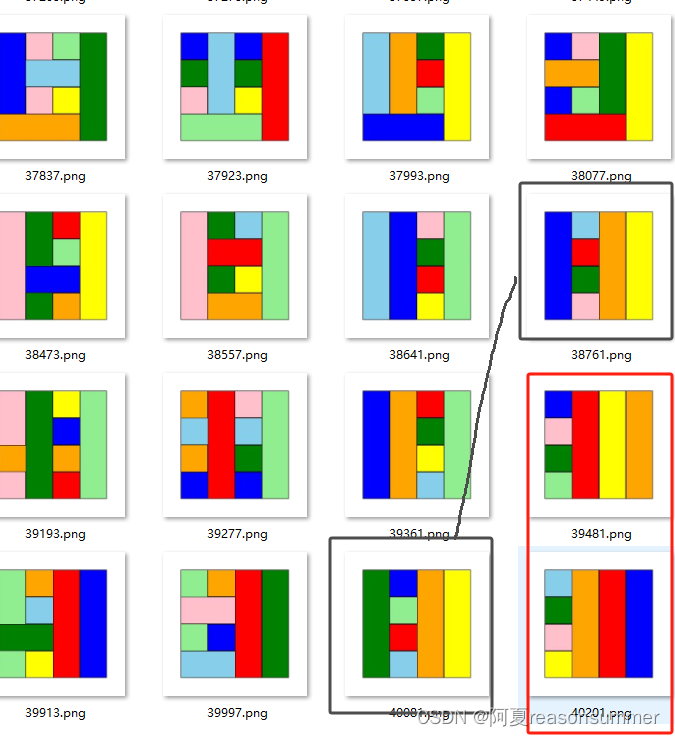
三、放弃随机颜色,用单色来试试40320种图形到底是什么样的
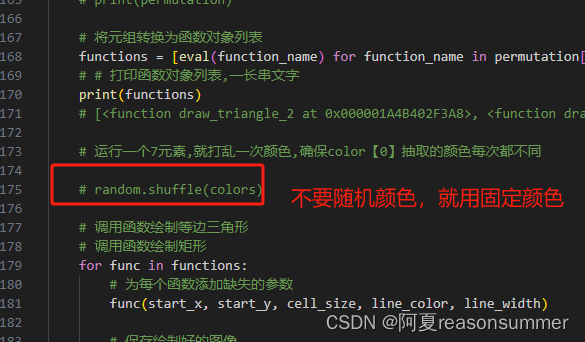

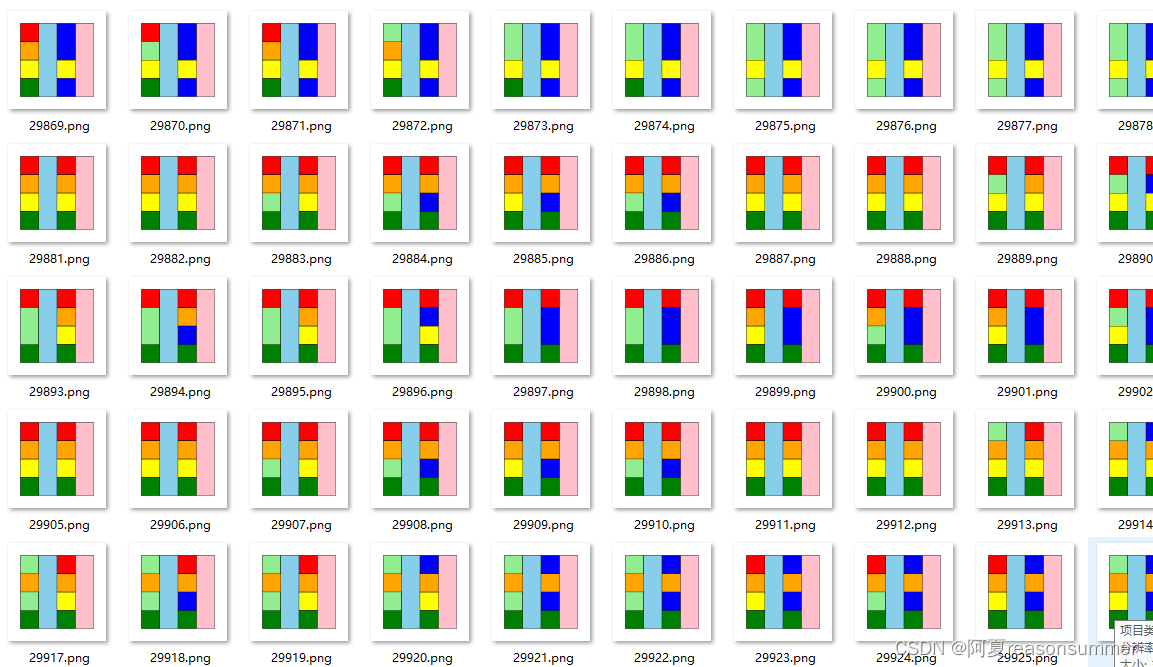
100分钟后,终于再次活动23040个7色图案,看到有大量的相同的图案
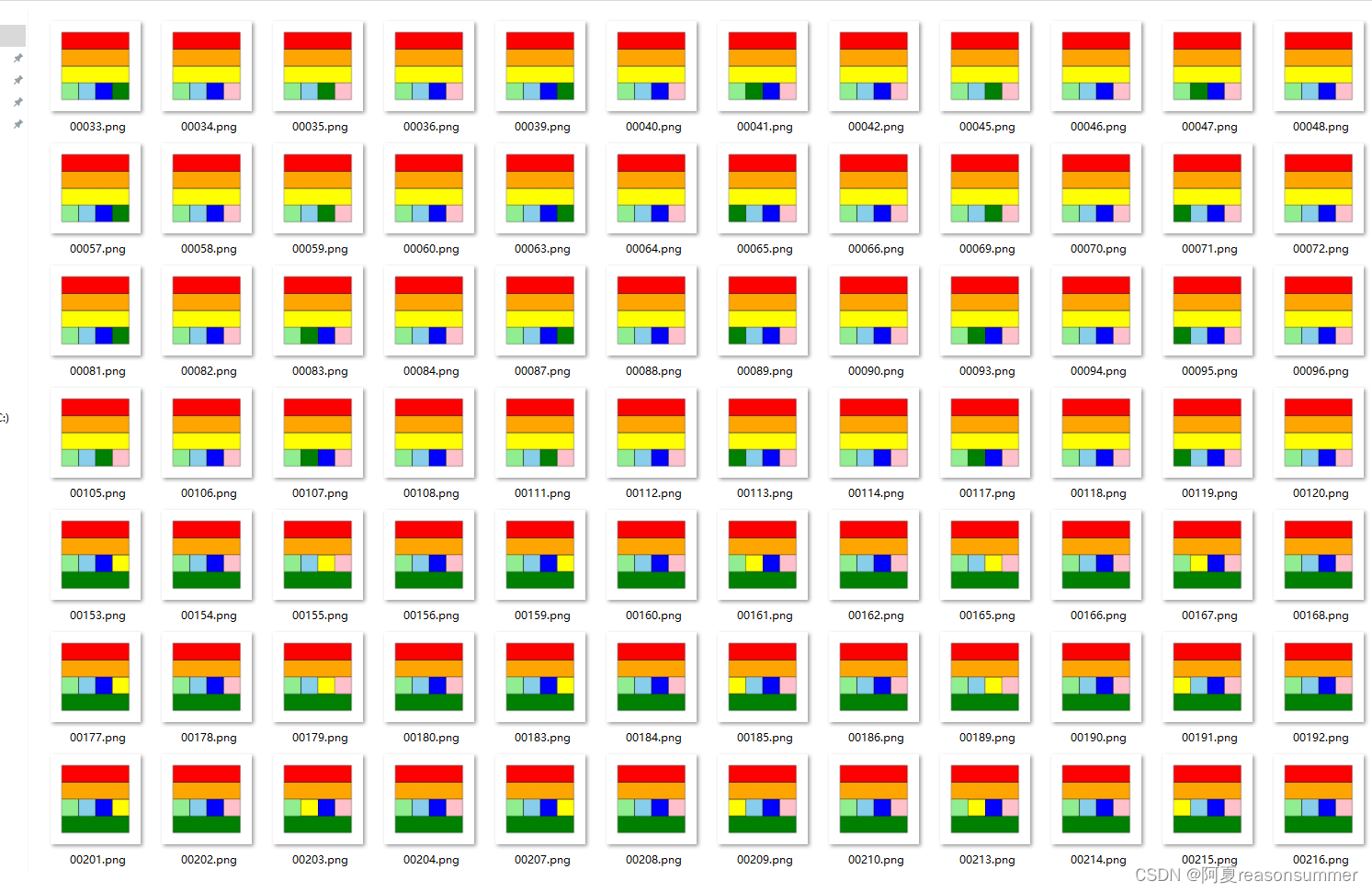
检测图片是否相同,相同就删除第一张。
from PIL import Image
import os,timedef compare_images(image1_path, image2_path):# 打开两张图片image1 = Image.open(image1_path)image2 = Image.open(image2_path)# 比较图片尺寸if image1.size != image2.size:return False# 比较图片像素pixel1 = image1.load()pixel2 = image2.load()for x in range(image1.width):for y in range(image1.height):if pixel1[x, y] != pixel2[x, y]:return Falsereturn True# 示例用法
image_folder = r'C:\Users\jg2yXRZ\OneDrive\桌面\重叠纸条\一样' # 替换为图片所在的文件夹路径# 获取文件夹中的所有图片文件路径
image_files = [file for file in os.listdir(image_folder) if file.endswith(('.jpg', '.jpeg', '.png', '.gif'))]# 对每对图片进行比较,并删除第一张图片
for i in range(len(image_files)-1):image1_path = os.path.join(image_folder, image_files[i])for j in range(i+1, len(image_files)):image2_path = os.path.join(image_folder, image_files[j])if compare_images(image1_path, image2_path):# 删除第一张图片os.remove(image1_path)print(f"已删除图片:{image_files[i]}")break # 找到相同的图片后就跳出循环,继续下一对图片的比较print("删除操作已完成。")
删除完全相同的图片的第一张,保留第二张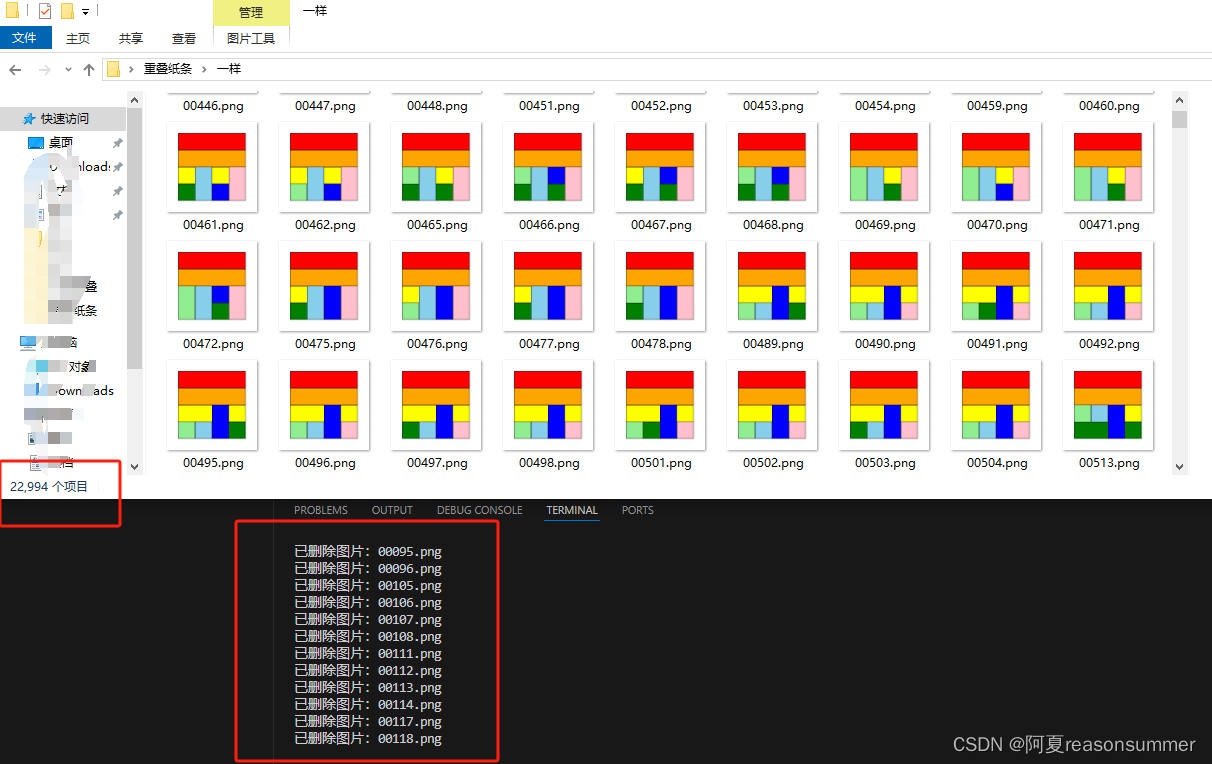
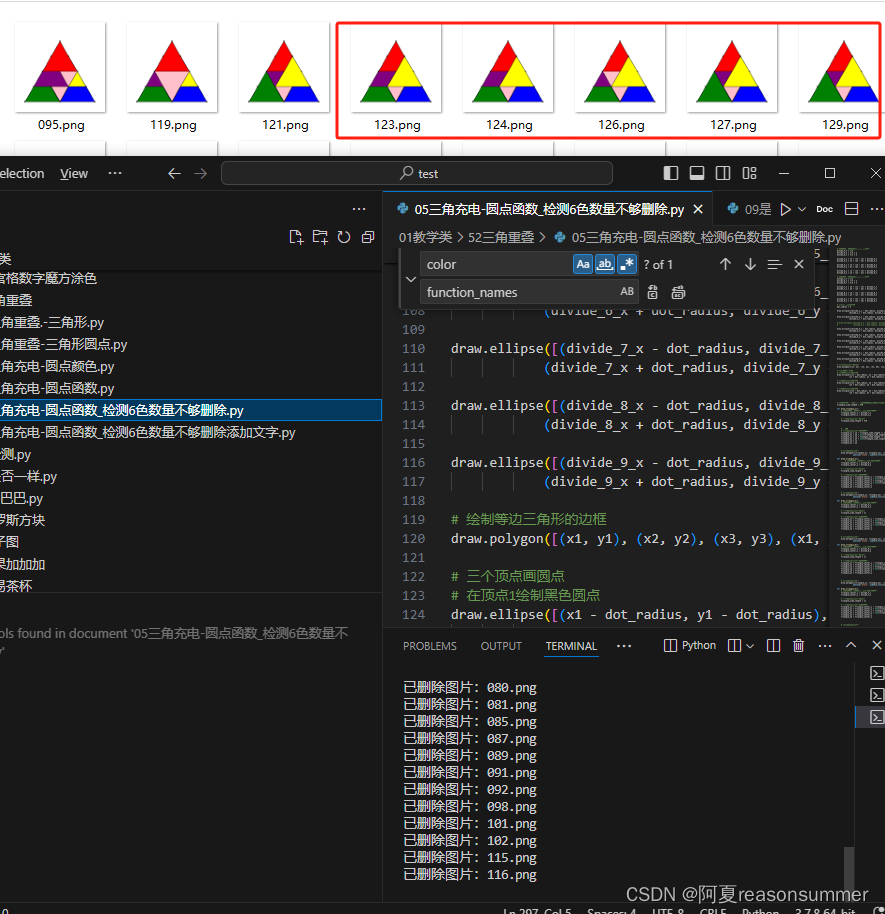
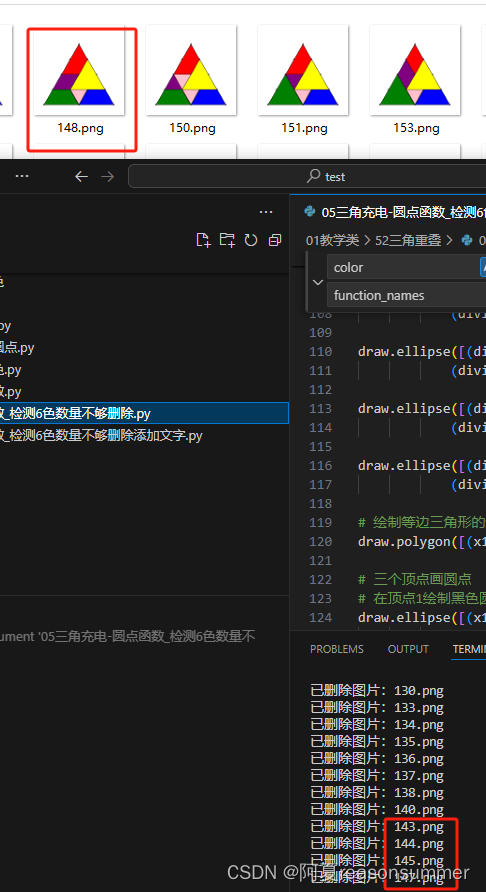
从2024年5月12日22:00-2024年5月13日6:56分,终于把第一轮的256个(90)的文件夹内部图片筛选一遍,删除部分图片
5月13日6:56分,筛选到编号3.2万,实际是4.32张
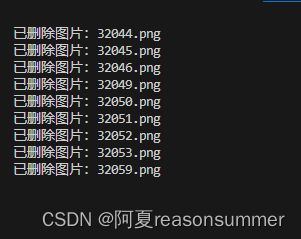
5月13日7:00删除到30000万张时,电脑黑屏了,打开以后程序关闭了。
四、减少互相筛选的图片数量,提升检测数独
只能重新进行删除,这次我把40张图片做成一个文件夹,减少互相核对的数量,这样又576个文件夹
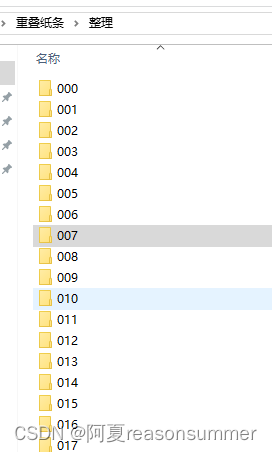
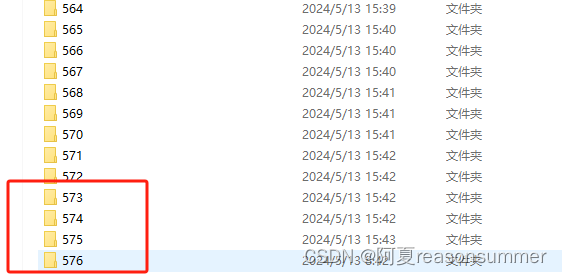
import os
import shutil# 第一、2万张图片分开识别# 原始文件夹路径
image_folder = r'C:\Users\jg2yXRZ\OneDrive\桌面\重叠纸条\一样'# 新建文件夹路径
new_folder = r'C:\Users\jg2yXRZ\OneDrive\桌面\重叠纸条\整理'
os.makedirs(new_folder,exist_ok=True)# 创建新建文件夹
os.makedirs(new_folder, exist_ok=True)# 获取文件夹中的所有图片文件路径
image_files = [file for file in os.listdir(image_folder) if file.endswith(('.jpg', '.jpeg', '.png', '.gif'))]# 按照90个一组移动图片
group_size = 40
num_groups = len(image_files) // group_size + 1for group in range(num_groups):start_index = group * group_sizeend_index = (group + 1) * group_size# 获取当前组的图片文件路径group_files = image_files[start_index:end_index]# 创建当前组的文件夹group_folder = os.path.join(new_folder, str(f'{group:03d}'))os.makedirs(group_folder, exist_ok=True)# 移动图片到当前组的文件夹for file in group_files:src_path = os.path.join(image_folder, file)dst_path = os.path.join(group_folder, file)shutil.copy(src_path, dst_path)print("移动操作已完成。")from PIL import Image
import osdef compare_images(image1_path, image2_path):# 打开两张图片image1 = Image.open(image1_path)image2 = Image.open(image2_path)# 比较图片尺寸if image1.size != image2.size:return False# 比较图片像素pixel1 = image1.load()pixel2 = image2.load()for x in range(image1.width):for y in range(image1.height):if pixel1[x, y] != pixel2[x, y]:return Falsereturn True# # 文件夹路径# # 第二:在258个文件里单独核对,第一遍去重# folder_path = r'C:\Users\jg2yXRZ\OneDrive\桌面\重叠纸条\整理'# # 获取所有子文件夹
# subfolders = [subfolder for subfolder in os.listdir(folder_path) if os.path.isdir(os.path.join(folder_path, subfolder))]# # 对每个子文件夹进行处理
# for subfolder in subfolders:
# subfolder_path = os.path.join(folder_path, subfolder)# # 获取子文件夹中的所有图片文件路径
# image_files = [file for file in os.listdir(subfolder_path) if file.endswith(('.jpg', '.jpeg', '.png', '.gif'))]# # 对每对图片进行比较,并删除第一张图片
# for i in range(len(image_files)-1):
# image1_path = os.path.join(subfolder_path, image_files[i])
# for j in range(i+1, len(image_files)):
# image2_path = os.path.join(subfolder_path, image_files[j])
# if compare_images(image1_path, image2_path):
# # 删除第一张图片
# os.remove(image1_path)
# print(f"已删除图片:{image_files[i]}")
# break # 找到相同的图片后就跳出内层循环,继续下一对图片的比较# print("删除操作已完成。")
生成文件夹后,再次用程序把相同图片删除
from PIL import Image
import osdef compare_images(image1_path, image2_path):# 打开两张图片image1 = Image.open(image1_path)image2 = Image.open(image2_path)# 比较图片尺寸if image1.size != image2.size:return False# 比较图片像素pixel1 = image1.load()pixel2 = image2.load()for x in range(image1.width):for y in range(image1.height):if pixel1[x, y] != pixel2[x, y]:return Falsereturn True# 文件夹路径folder_path = r'C:\Users\jg2yXRZ\OneDrive\桌面\重叠纸条\整理'# 获取所有子文件夹
subfolders = [subfolder for subfolder in os.listdir(folder_path) if os.path.isdir(os.path.join(folder_path, subfolder))]# 对每个子文件夹进行处理
for subfolder in subfolders:subfolder_path = os.path.join(folder_path, subfolder)# 获取子文件夹中的所有图片文件路径image_files = [file for file in os.listdir(subfolder_path) if file.endswith(('.jpg', '.jpeg', '.png', '.gif'))]# 对每对图片进行比较,并删除第一张图片for i in range(len(image_files)-1):image1_path = os.path.join(subfolder_path, image_files[i])for j in range(i+1, len(image_files)):image2_path = os.path.join(subfolder_path, image_files[j])if compare_images(image1_path, image2_path):# 删除第一张图片os.remove(image1_path)print(f"已删除图片:{image_files[i]}")break # 找到相同的图片后就跳出内层循环,继续下一对图片的比较print("删除操作已完成。")
从上午8::43一直运行到15:30分,8个小时完成过了第一遍的删除
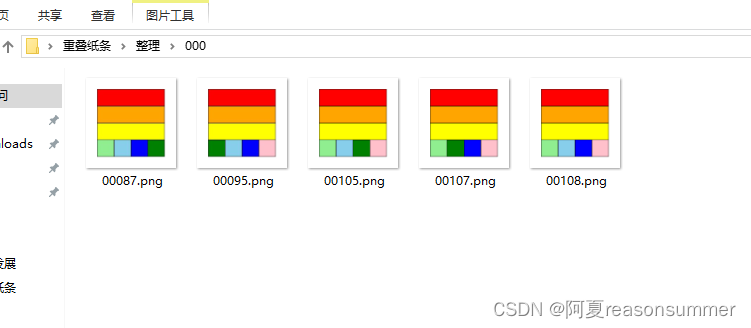
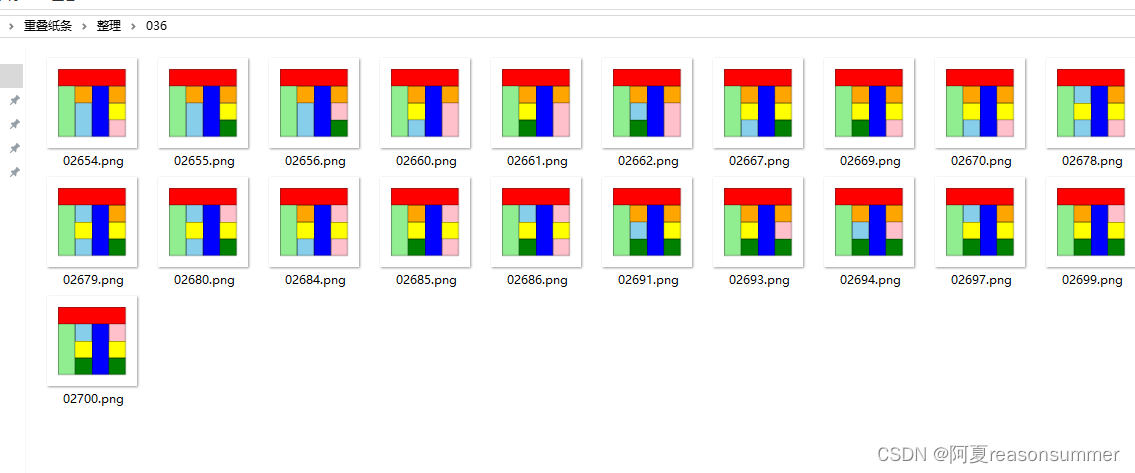
把000-576文件夹里剩下的照片放回到“第一次筛选”的文件里。
import os
import shutil# 整理文件夹路径
folder_path = r'C:\Users\jg2yXRZ\OneDrive\桌面\重叠纸条\整理'# 目标文件夹路径
target_folder =r'C:\Users\jg2yXRZ\OneDrive\桌面\重叠纸条\第一次筛选'
os.makedirs(target_folder,exist_ok=True)# 创建目标文件夹
os.makedirs(target_folder, exist_ok=True)# 遍历整理文件夹中的子文件夹
for subfolder in os.listdir(folder_path):subfolder_path = os.path.join(folder_path, subfolder)# 检查子文件夹是否是文件夹而不是文件if os.path.isdir(subfolder_path):# 遍历子文件夹中的图片文件for file in os.listdir(subfolder_path):file_path = os.path.join(subfolder_path, file)# 检查文件是否是图片文件if file.endswith(('.jpg', '.jpeg', '.png', '.gif')):# 移动图片文件到目标文件夹shutil.copy(file_path, target_folder)print("移动操作已完成。")
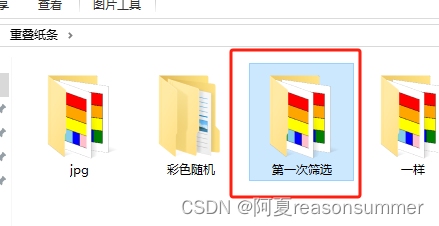
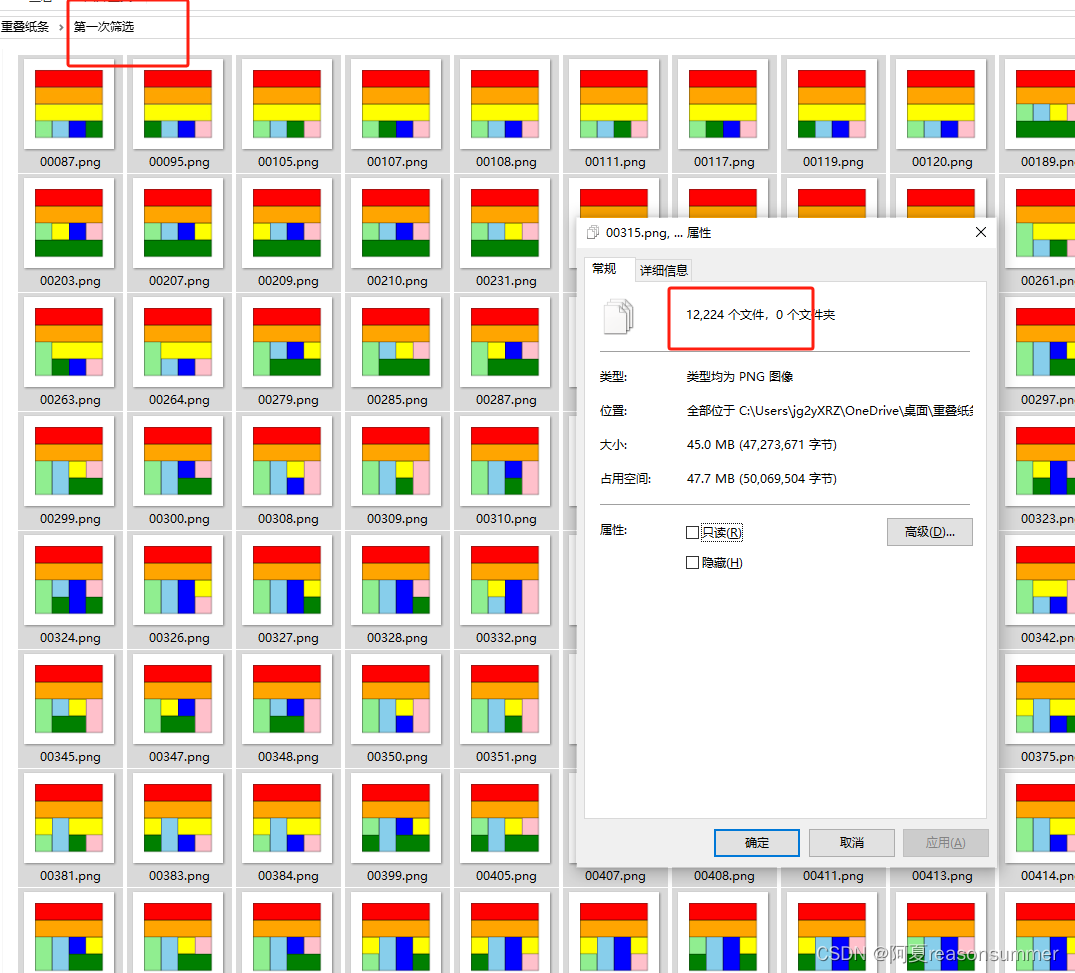
第一次筛选后,出现了12224张张片。
因为是40张分割排除重复,所以再次合并后,还会有重复,
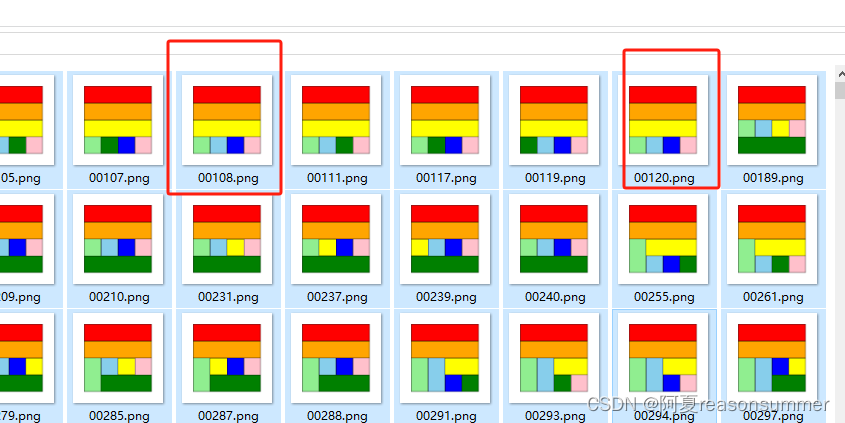
再次测试,做成12224/64=191,也就是64张一个文件夹,做191个文件夹,开始第二轮的去重
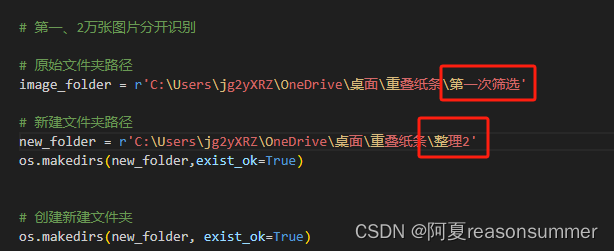

修改删除代码里面的路径。

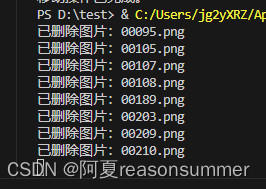
64张互相对比,时间很长
16:07--19:37,此时整理到104/190号文件夹,我感觉速度很慢,想试试再减少每个文件夹的元素,看看是否可以识别快一点。
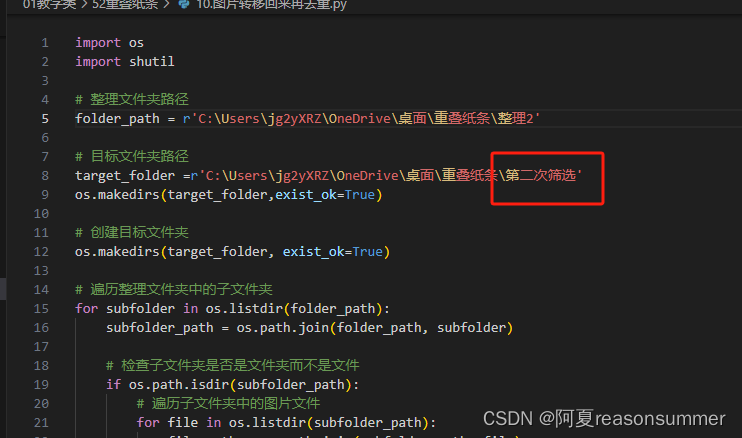
直接测试2张图之间的对比
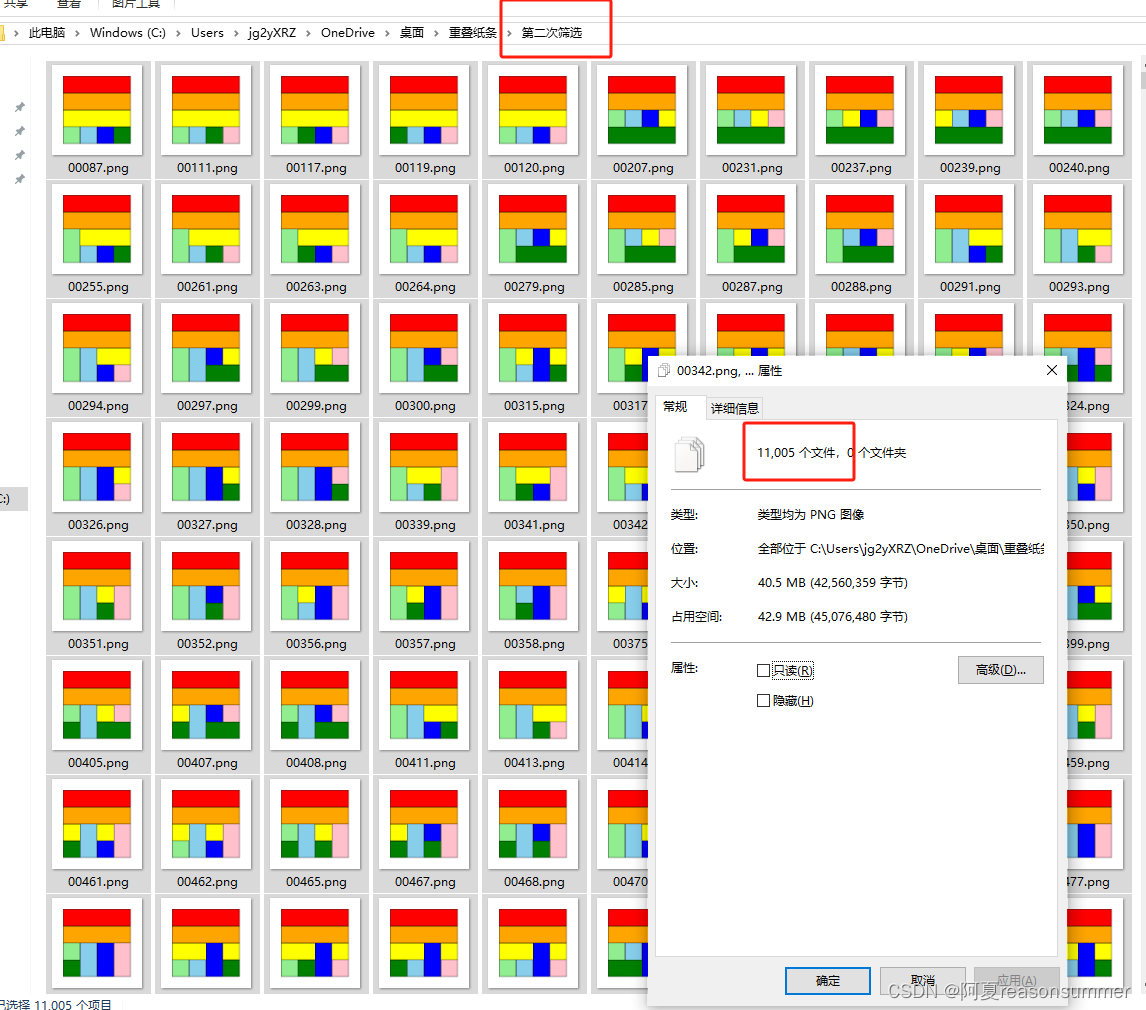
把文件做成11005/5=2201个一组,看看筛选快不快

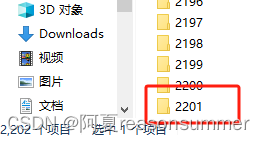
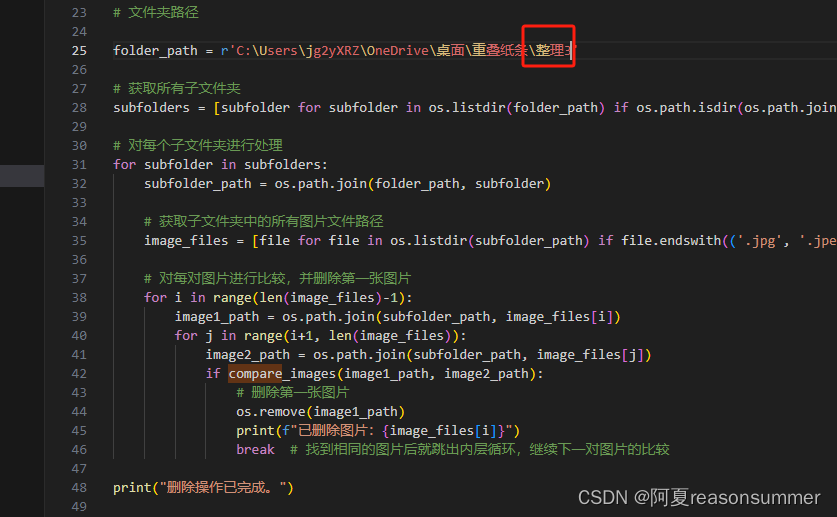
19:48——20:34看看5张5张对比删除需要多少时间?
19:53分,出现了第一张删除的图片
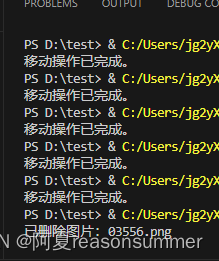
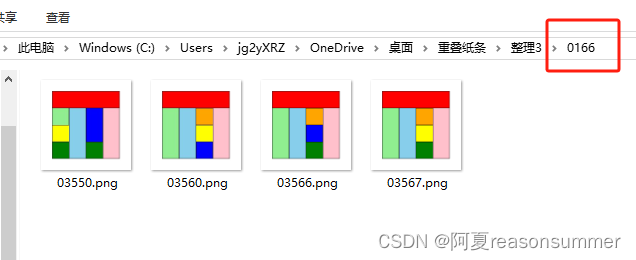
5分钟刷到166/2201,大概需要3*5=60分钟筛选完成。
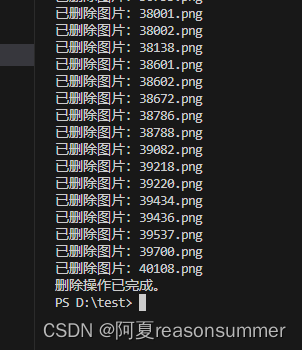
汇总剩余数量

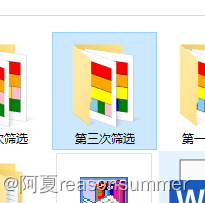
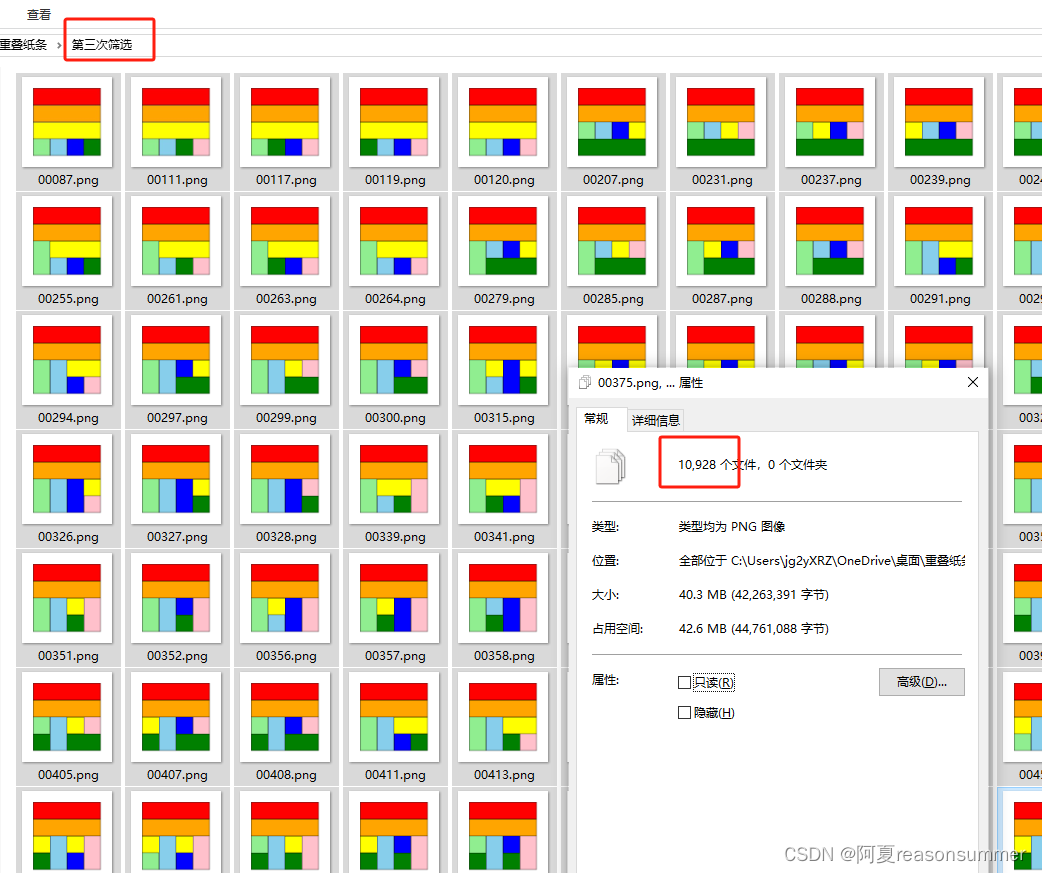
删除后,还有10928,再测试2张图 有5464个文件夹
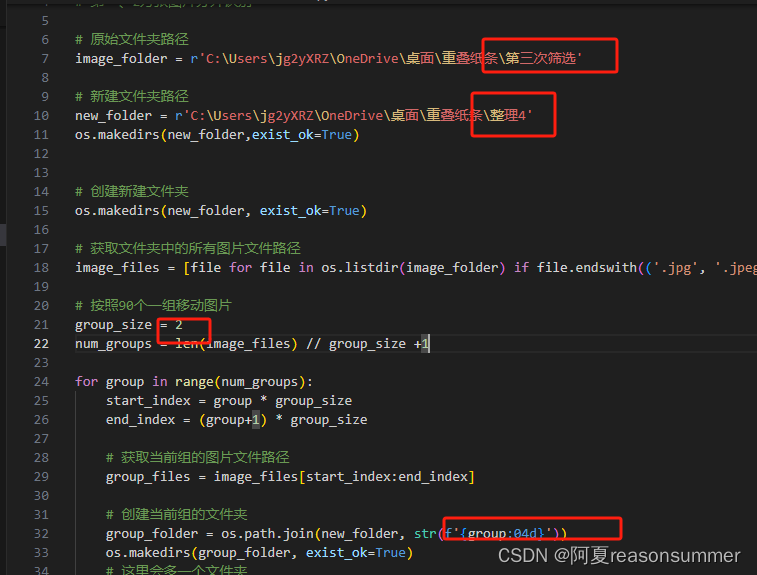
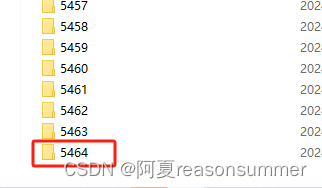

两张两张对比是不是更快呢
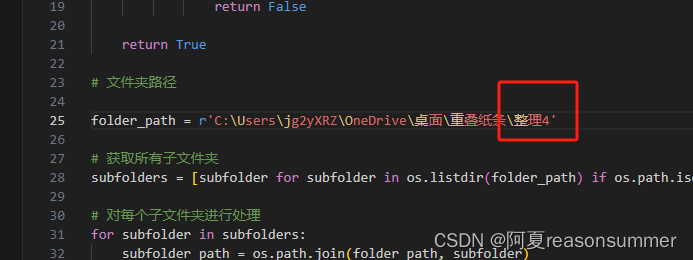
20:46——20.56 10分钟
两张图片正好相同的概率比较低,估计也选不出图片,但是速度会块很多!
还真的找到了两张中的重复
再筛一次。
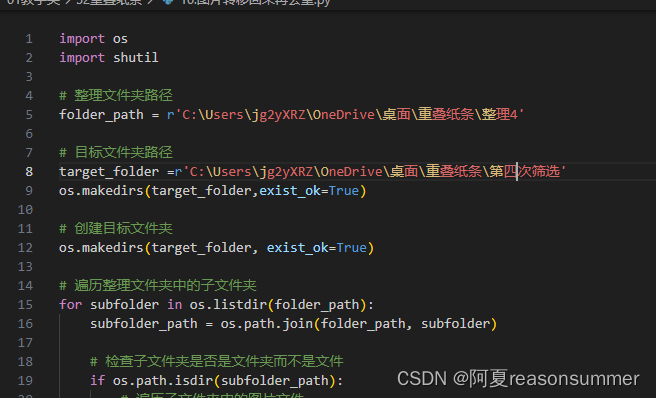
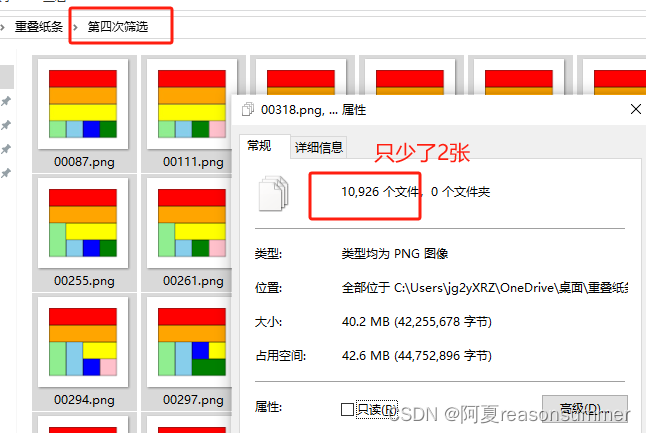
10926还是双数,继续除以2
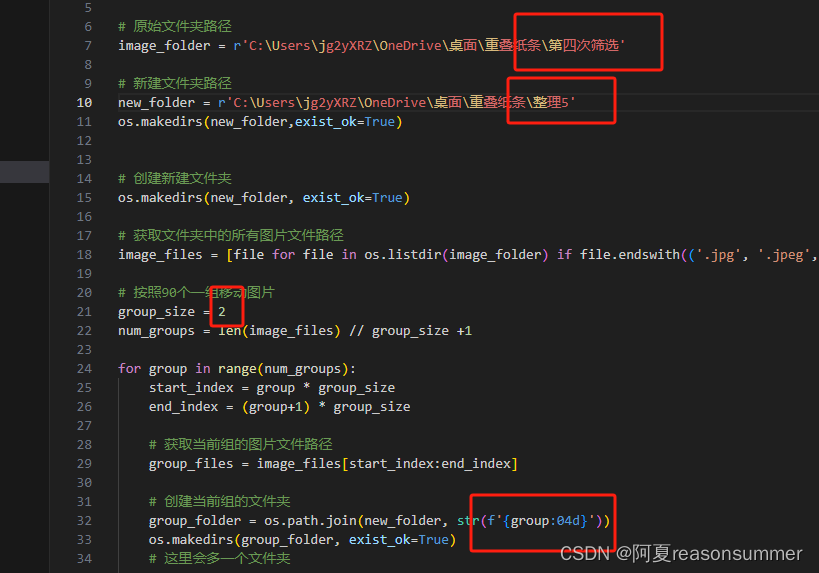

5分钟筛一遍,的确没有重复的了
四张一组对比删除10926/3=3642
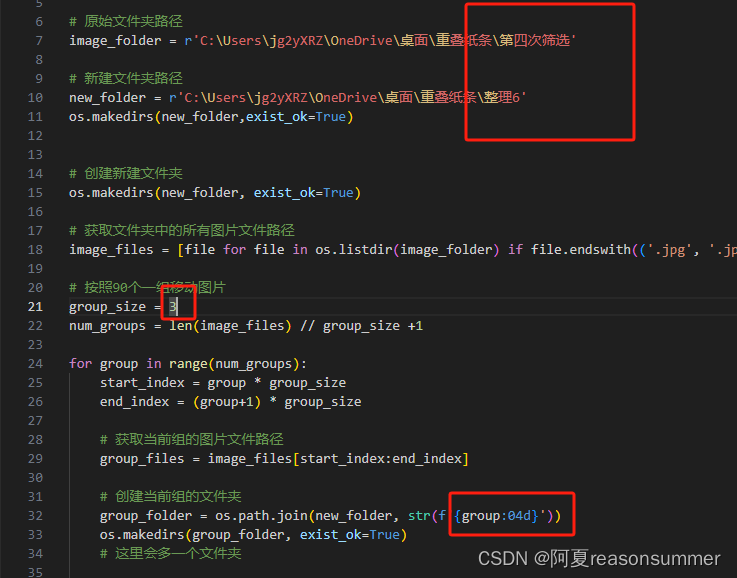
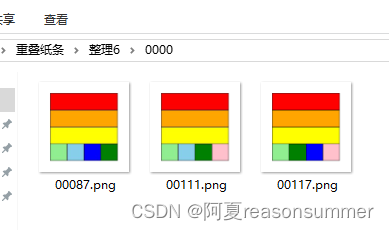
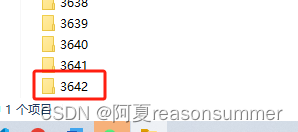

21:06——21:19
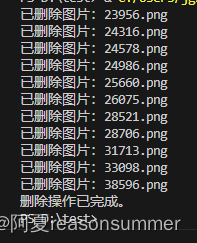
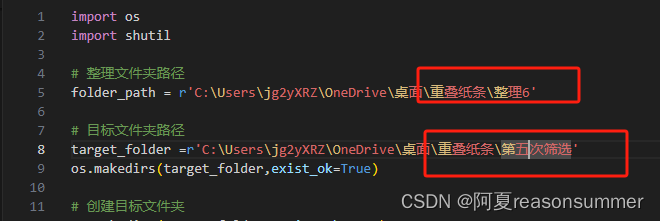
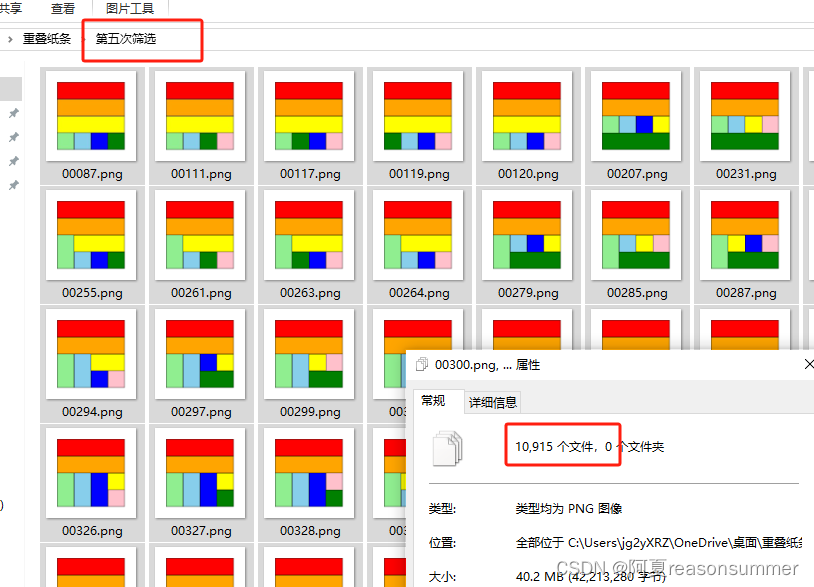
现在五个一组对比
10915/5=2183
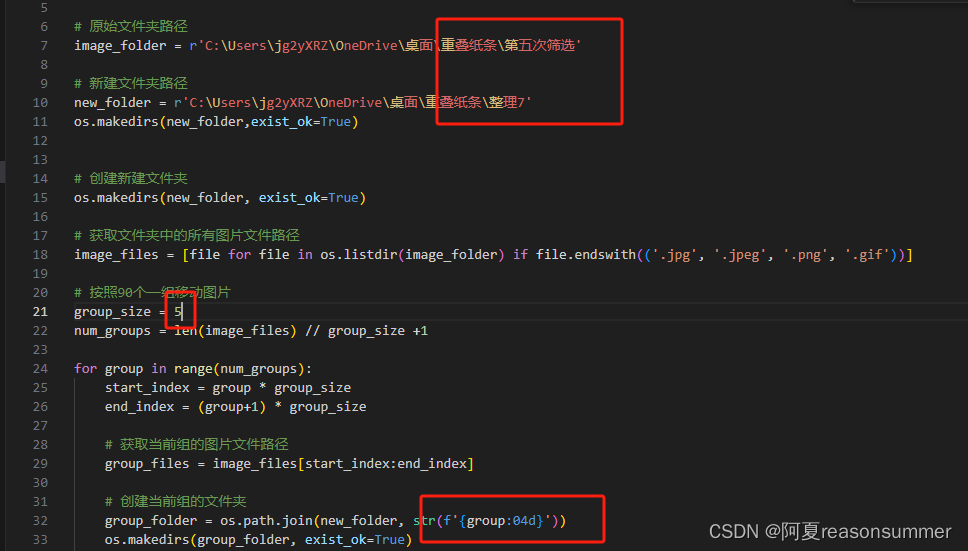
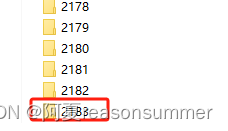
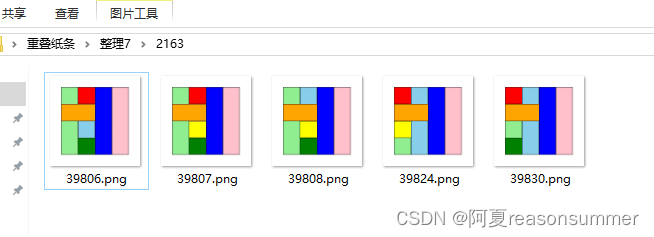

21:24-21:50
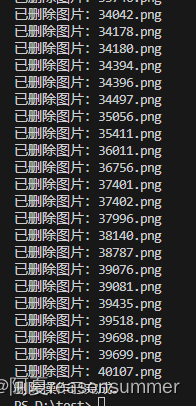
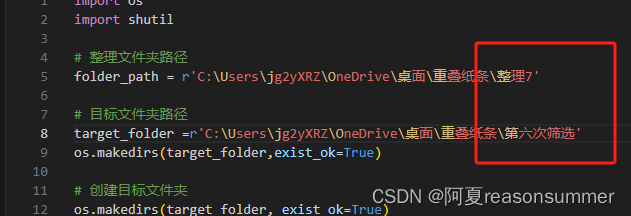
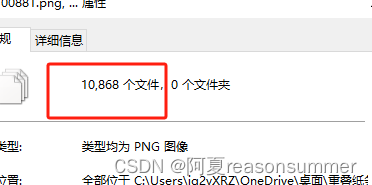
10868除以4=2717
过程不再了,就是反复的删除
21:57——22:16
还剩10848
10848除以48=226
22:23——
慢慢等……
每次根据除数,把图片分到不同文件里,可以反复删除,但是数量不同。原则上10000个图片放在一起,一一检测,但是720个图片互相检测就用了1小时,我担心1万张直接把电脑干崩溃了。
…………
继续删除中
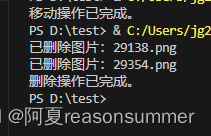




AZ 系列)


)











